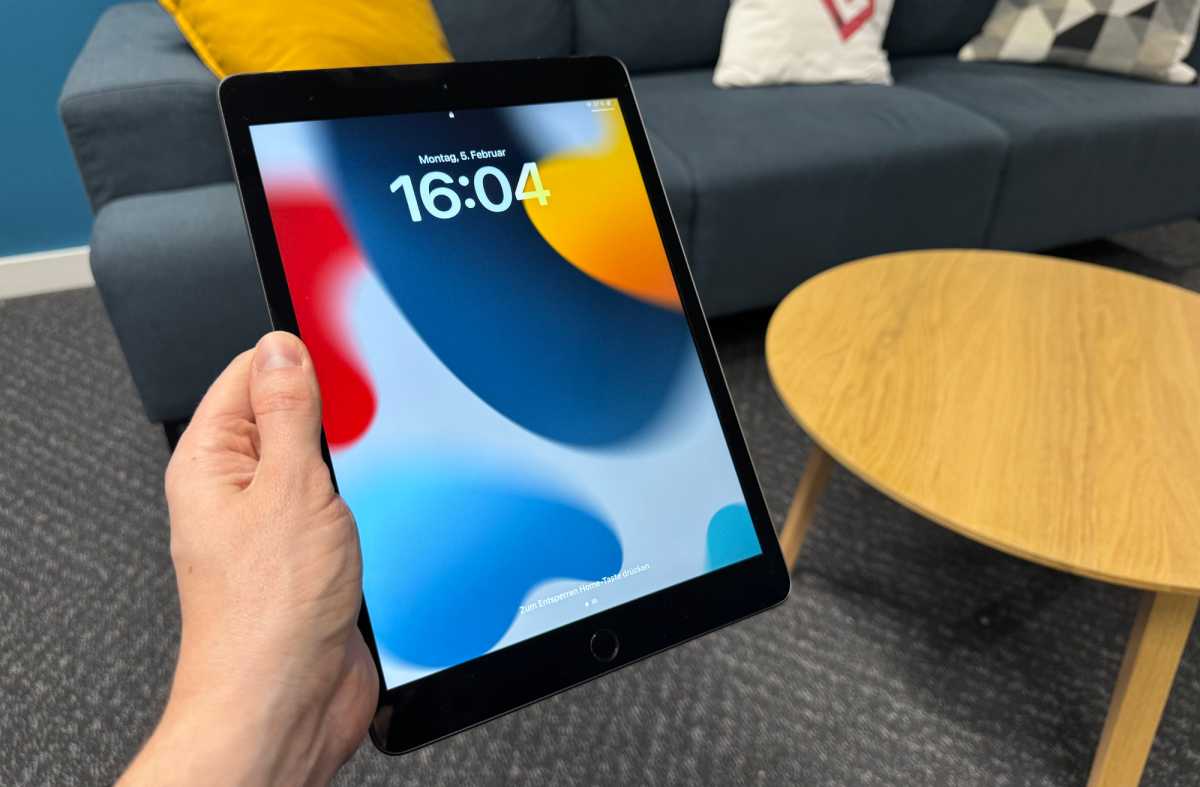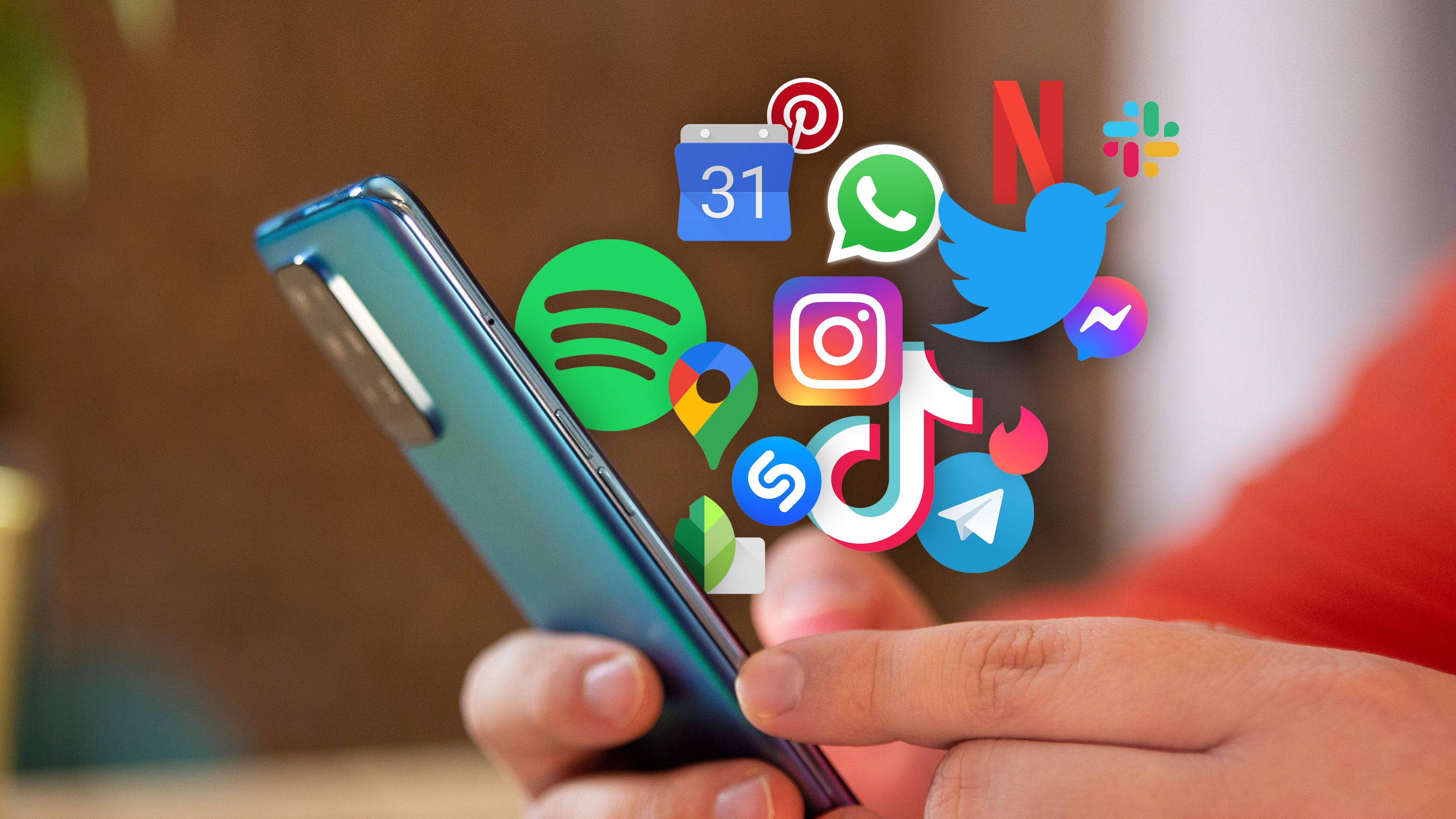
Like some capricious weather god, Apple has decreed that for a second year in a row, its followers will get no spring. Or at any rate, no spring event, with this season’s new products coughed out via apologetic press release rather than the monumental stone tablets of a keynote presentation.
While this is disappointing (Apple events are hard work for the poor mistreated journalists who must toil to cover them, but the razzle-dazzle is still fun), it is also understandable. Based on what we’ve seen so far, the products simply aren’t that exciting. It probably isn’t worth the effort of organizing a whole get-together just to unveil a MacBook Air that looks exactly like the existing MacBook Air and, any day now, a few iPads.
There was a time when iPads felt like the future. Portable and productive, they represented the holy principle of consolidation: just as multiple previously separate small gadgets–camera, pager, PDA, feature phone–had been combined into the smartphone, the tablet took things a logical step further by combining the functions of the smartphone and the laptop. It was the Final Device. It was the One Device To Rule Them All.
Things didn’t work out like that. Apple and the other tablet makers took too long to get the software right for work, which meant that people decided they didn’t want to give up their laptops. Smartphones, meanwhile, got bigger and cannibalized tablet sales from the other direction. And while iPads did find a role, it was as the sort of niche product–the sofa computer–that pundits had expected them to eliminate.

The iPad never quite emerged as the post-PC device Apple wanted it to be.
Eugen Wegmann
(As a sidebar, the rise of the smartwatch and the coming era of the headset suggest we are going back to multiple devices, and that the days of the single device that does everything may be ending, at least for a time. Let’s circle back in 10 years when Vision Pro X is an affordable and lightweight pair of glasses with a two-week battery life and an enormous library of apps.)
The thing with sofa computers, sadly for Apple, is that they don’t get upgraded very often. You don’t need a state-of-the-art processor or a better camera setup to read Wikipedia while watching The Crown, and people I know have been rocking the same iPad for years. This doesn’t make for much of a growth market, or even a recurring revenue stream worth writing home about. It’s the kind of device you replace when you have to, not because the new one’s faster or comes in a new color.
Against this challenging backdrop, Apple must try to generate excitement for this year’s iPad releases. Rumors suggest it has some tricks up its sleeve, namely a new larger screen size for the iPad Air. While I think this is a good idea in principle, as I’ve discussed at length in the past—it makes sense for Apple to decouple size and power, as it did with the iPhone 14 Plus in 2022, and allow customers to pick and choose upgrades rather than having to take them all as a bundle—it just isn’t going to get pulses racing, because for the unchallenging computing niche it’s found, the 10.9-inch iPad has already been more than good enough since the end of the last decade.
Late-stage capitalism relies on dissatisfaction, and following that initial surge of growth when people were buying their first handsets, the mobile industry has depended on making the previous generation of phones seem bad by comparison with the new models. The problem is that you can only do this for a limited period of time before you reach a point where the low-hanging fruit has all been plucked, and the improvements are so iterative that they’re not worth the price of an upgrade. The smartphone and the tablet are reaching this point at roughly the same time. But it hurts the tablet more because its casual use pattern is utterly impervious to small upgrades. The average iPad owner would only upgrade if a new model came out that offered insane improvements. Or if the current one literally stopped working, which isn’t a strategy I’d recommend.
As already mentioned, nobody does razzle-dazzle like Apple, and it’s entirely possible that it will defy expectations and find the hype for its new iPads. (It could start by following my recipe for an exciting iPad reboot.) But the fact it hasn’t bothered to put together a spring event suggests that it recognizes that this one is a lost cause.
Just in case anyone does care, read about the potential new iPads here:






